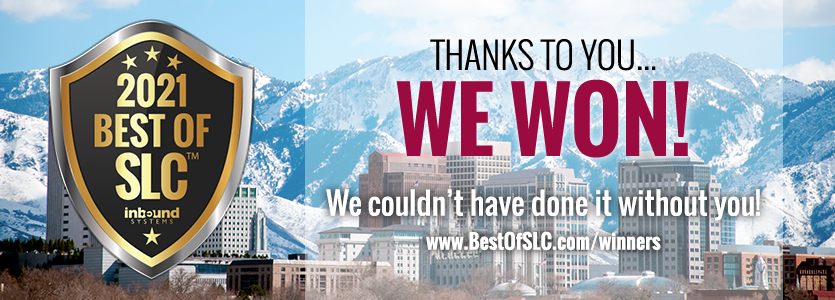If you’re considering bankruptcy, it’s important to understand the different types of protection that are available to you.
Automatic stay is one of the most powerful tools available to debtors, providing a temporary pause on most collection activity.
And when your case is successfully discharged, many of your debts will be permanently erased. This can give you a fresh start and help get you back on your feet financially.
In this blog post, we’ll take a closer look at automatic stay and bankruptcy discharge, explaining how they work and what they can do for you.
An automatic stay is a useful tool for those struggling with debt. It is an order placed by the court that prohibits creditors from collecting on any outstanding debts.
This means that, while the court proceedings are being sorted out, creditors cannot take additional action against the debtor such as foreclosure, repossession of property, or ongoing harassment.
The automatic stay can help give the debtor peace of mind by halting creditor activities and allowing them to focus on finding solutions to their debt issues.
Bankruptcy discharge is a beneficial court order that provides debtors with financial freedom. When granted, it releases them from liability for qualifying debts, rendering them legally responsible for repaying the obligations.
Through this process, debtors can reduce or even eliminate their overall liability in some cases.
Yet not all of their debts are dischargable – only those which meet certain criteria typically qualify.
For example, most taxes and student loans will not receive bankruptcy discharge protection and must still be repaid.
To learn more about whether any of your debts may qualify for bankruptcy discharge, speak with a qualified bankruptcy attorney on the matter.

When dealing with creditors, debtors can take comfort in knowing that there are laws to protect their assets and income from those who may be trying to collect on a debt.
Automatic stays and bankruptcy discharges are two of the legal tools available to help secure the debtor’s financial future.
An automatic stay prevents creditors from initiating or continuing any kind of collection efforts while a bankruptcy discharge releases the debtor from personal liability for certain types of dischargeable debts, ultimately freeing up their assets and income to cover other expenses.
With the right knowledge and understanding of how these tools work together, individuals can feel more secure about keeping their finances in order and on track.
When considering which debt repayment option is right for you, it’s critical to understand the varying impact of each.
While both Chapter 7 and Chapter 13 bankruptcy will provide a way out of debt, they do it differently.
Chapter 7 can help you eliminate certain debts completely, while Chapter 13 outlines a plan for repaying debts over an extended period of time.
Additionally, when filing for either type of bankruptcy, there are income qualifications to consider and assets that you may protect from liquidation.
Knowing how these programs differ can be the difference between freedom from creditors or continuing indebtedness. Be sure to research both options thoroughly before making any decisions.
Managing debt can be a stressful and challenging endeavor, but when debtors understand the differences between various types of bankruptcy options, they can make better decisions about how to manage their financial future.
Learning the distinctions between secured and unsecured debts, payment terms, and potentially costly fees is essential for making sure that debt management decisions are right for each individual’s financial situation.
Knowing the details can help debtors budget more effectively and pick loan products that suit their needs while helping them steer clear of any unnecessary complications.
Ultimately, understanding these differences can give debtors the knowledge and confidence to make informed choices when it comes to their financial future.
All in all, automatic stay and bankruptcy discharge are two very important concepts to understand even if you’re not currently filing for bankruptcy or considering it.
Though they both help protect debtors from creditors, they are two different processes with a few key distinctions between them. Knowing the differences can ultimately help in making a more informed and calculated decision when it comes to financial matters, so be sure to do your research,
While these legal processes can engage many complexities, they exist to safeguard debtors’ rights and interests. With the right knowledge and guidance, any person facing financial difficulty has the tools in their arsenal to turn their life around.
At Blue Bee Bankruptcy, our lawyers are highly experienced in foreclosure and bankruptcy filing options. More importantly, we understand that each case we receive is unique and each client has different needs and goals. We will discuss these signs with you and decide the best route to take.
We strive to help our clients rebuild their lives and take steps toward a better financial future through filing.

If you’re dealing with the potential of bankruptcy, give us a call. Our team will work to help you by reviewing all of the options our firm has available. We will ensure you’ll get the best possible outcome for your situation.
Get in touch today so we can start working on either halting bankruptcies or preventing them from taking place altogether!
Contact Us Today For Help! You can schedule your free consultation online or call us at (801) 285-0980.
